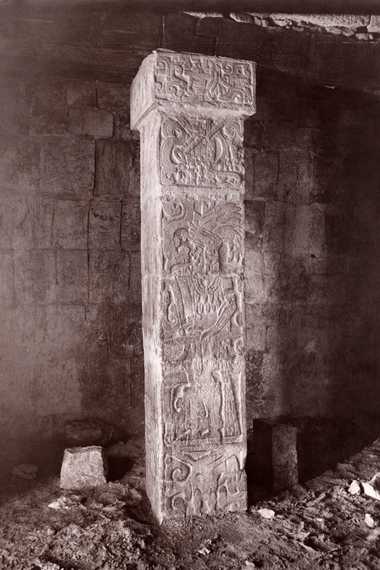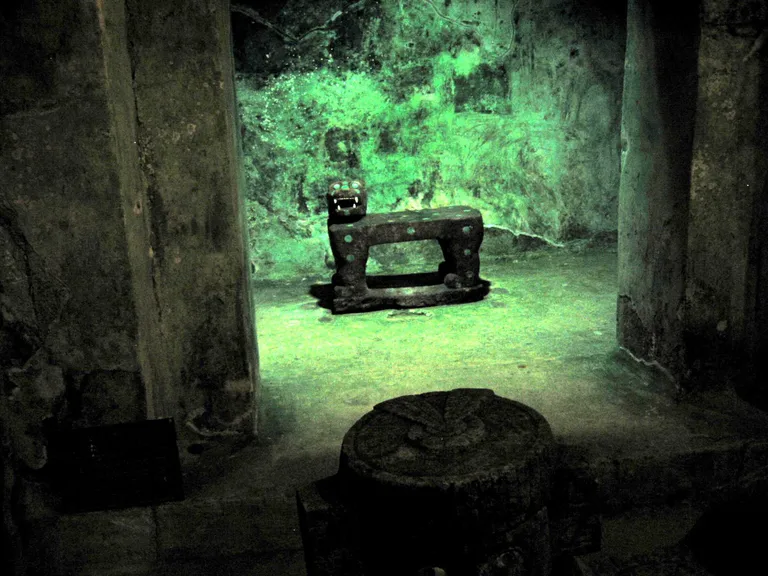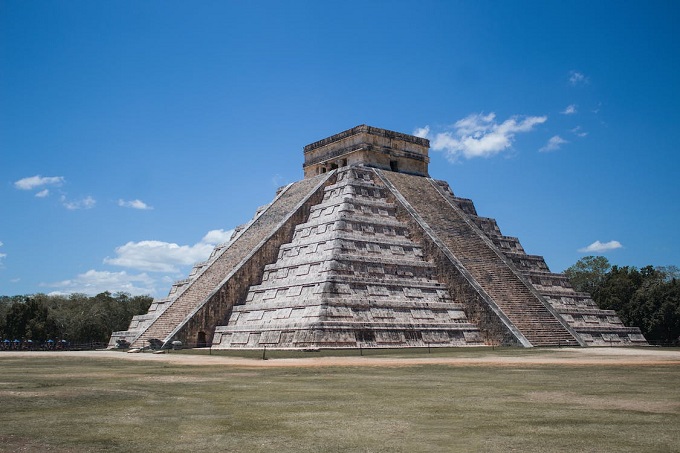The great pyramid of El Castillo is the largest and most important structure of Chichen Itza, the ancient Maya-Toltec city located in what is now the Yucatan Peninsula in Mexico.
According to an article published by the magazine Arqueología Mexicana about the historic site, the pyramid is erected on a quadrangular plan 55.5 meters long and has a height of 30 meters. However, there are two other layers to its interior, one of which hides a natural well.
Kukulcan Castle: What is inside it
A study implemented by the Institute of Geophysics and the Faculty of Engineering of the National Autonomous University of Mexico (UNAM) with the application of “Non-Conventional Three-Dimensional Thermal Resistivity” tomographies; was able to observe how the interior of El Castillo is conformed, including what is hidden underneath it.
This tomography works with detectors that, positioned around and inside the pyramid, emit electrodes (electric current) that allow measuring the interior of the building, the resistance of the subsoil and the interior without causing any damage to the whole building. This is why, between 2015 and 2016, it was confirmed that the Pyramid of Kukulcan is composed of three structures:

First structure: The major pyramid
The experts who conducted the tomography study say that the existence of one or more structures inside Chichen Itza can be explained in two ways: by the fall and renewal of various groups of powers throughout its history or, alternatively, by being the only alternative to prevent the deterioration of the buildings.
The first structure, seen from the outside, is the most important of the historical site according to Arqueología Mexicana. It has an upper temple whose openings (holes, entrances) are located in the four cardinal points, its long stairways descend to the ground and, during the two equinoxes of the year, sunlight illuminates the side of the building to form seven triangles in the alfarda of the road.
These triangles, together with the stony serpent’s head that lies at the end of the stairway, represent the god Kukulcan: the feathered serpent, who, according to the archaeological site in Mexico, gave the calendar to the Mayas.
Second structure: The altar
According to the UNAM, the pyramidal constructions were interpreted as an approach of humans to their deities. This is why El Castillo was built on top of another identical structure, smaller in size, hidden inside. There, the substructure contains an altar in the shape of a jaguar, painted red and decorated with jade in the form of turquoise mosaics that simulate the feline’s spots.

Third structure: The new pyramid and the cenote
In one of the first results obtained by the study in 2015, UNAM confirmed the presence of a cenote under the pyramid. This is a geographic depression that is flooded and formed by the dissolution of limestone rock from the seepage of fresh water.
Subsequently, in 2016 a second structure was detected that covered the cenote and could measure approximately 10 meters in height. Both discoveries are part of the most hidden inner layer of the pyramid.
TYT Newsroom


